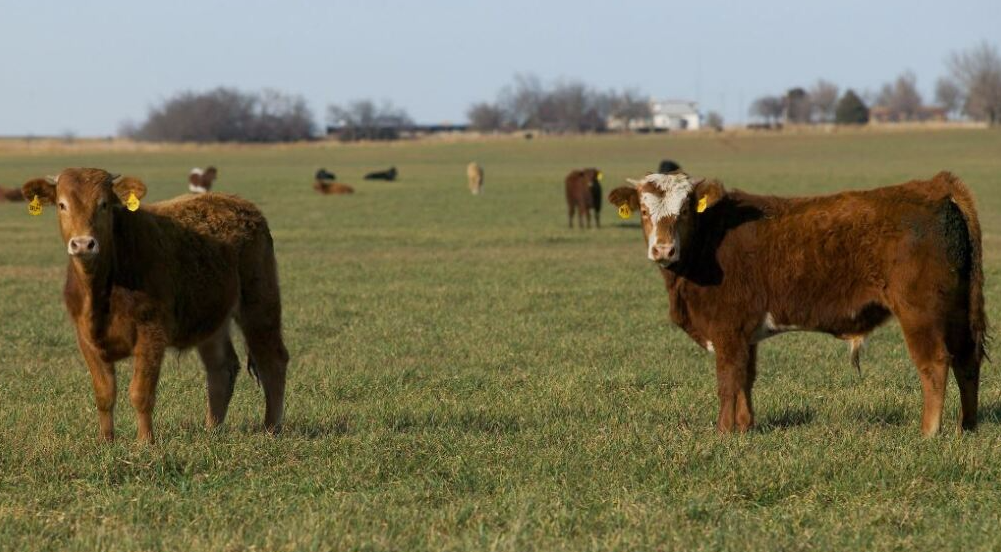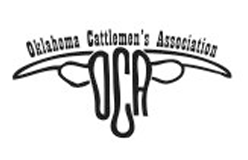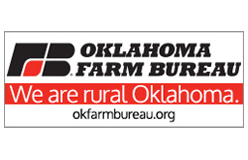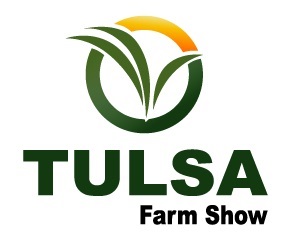
In today’s beef buzz, senior farm and ranch broadcaster Ron Hays speaks with livestock market economist Dr. Derrell Peel about Tyson Foods’ recent announcement about shutting down its Lexington, Nebraska, beef plant and downsizing operations in Amarillo. This news follows months of losses in its beef division, driven largely by the smallest U.S. cattle herd in decades. Tyson Foods’ recent announcement about shutting down its Lexington, Nebraska, beef plant and downsizing operations in Amarillo. This news follows months of losses in its beef division, driven largely by the smallest U.S. cattle herd in decades.
Dr. Peel explained that the closure was not entirely unexpected within the industry. As he noted, “I’ve been getting questions for months from producers. Everybody was aware that this was a possibility.” With cattle numbers extremely tight, packers have operated far below capacity and “have been unable to operate at anywhere close to full capacity,” leading to sustained financial losses. According to Peel, the combined changes at the two Tyson plants represent a “seven to eight thousand head per day loss of packing capacity… probably somewhere in the range of seven and a half to nine percent of total U.S. packing capacity.”
While plants tend to operate regionally, Peel emphasized that cattle flows respond to market pressures. He acknowledged that cattle can travel substantial distances when numbers are low, remarking that “when numbers get tight… fed cattle will travel significant distances. It’s not as efficient to do that.” The Amarillo shift reduction, he explained, is structured so the plant can eventually return to normal operations when cattle supplies recover. In contrast, he noted that “the Lexington plant’s a little different story… that one appears to be closed permanently,” which has longer-term implications for national packing capacity.
Peel also pointed out that the southern plains region is especially strained due to both drought-reduced cattle numbers and the impact of the screwworm issue, which has restricted the flow of Mexican feeder cattle. As he stated, “Southern plains supplies are really tight… and when you aggravate that with the lack of the Mexican feeder cattle… that’s probably the final straw here in terms of that tight supply.” This shortage played a major role in Tyson’s decision to reduce Amarillo to one shift rather than attempt to maintain full production.
Finally, Peel noted that Tyson recently invested heavily in updating the Amarillo facility, which signals that the company does not intend to abandon the plant long-term. “I don’t think they’re walking away from that plant,” he said, affirming Tyson’s commitment. Tyson’s presence in Amarillo remains important in the Texas and Oklahoma Panhandle region which also includes major beef plants operated by Cargill, JBS, and National Beef.
The Beef Buzz is a regular feature heard on radio stations around the region on the Radio Oklahoma Ag Network and is a regular audio feature found on this website as well. Click on the LISTEN BAR for today’s show and check out our archives for older Beef Buzz shows covering the gamut of the beef cattle industry today.


















